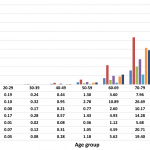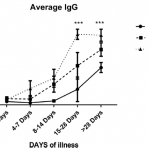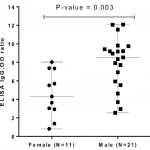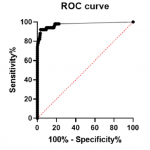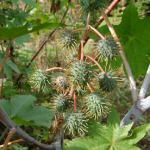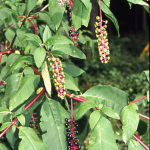Relationship between the incidence rate of the new coronavirus (COVID-19), temperature, and BCG
Using data on the new coronavirus (COVID-19) in the United States, Canada, Italy, Spain, Germany, France, Australia, Japan, South Korea, Malaysia, and Thailand, the results of analyzing the effects of temperature and BCG vaccination on the incident rate of COVID-19 have been reported.
https://journals.plos.org/plosone/article?id=10.1371/journal.pone.0240710
Effects of Temperature (Average Temperature Model):
The temperature of -21 to 5.5 degrees Celsius is used as a reference.
In the region from 6 to 10.5 degrees C, the incident rate ratio is 1.18 (95% CI: 0.87 – 1.59)
In the region from 11 to 18.5 degrees C, the incident rate ratio is 0.97 (95% CI 0.65 – 1.45)
In the region from 19 to 36.5 degrees C, the incident rate ratio is 0.87 (95% CI: 0.47 – 1.62)
About BCG Vaccination:
If vaccinated with BCG vaccine, the incident rate ratio is 0.37 (95% CI: 0.17 -0.79)
In conclusion, although the average temperature of 6 to 10.5 degrees Celsius tends to increase the incident rate slightly, there is little change in the incident rate even if the average temperature rises. As for the inoculation of BCG vaccine, it is clearly effective in suppressing the incident rate.

